#Crossovers
You Asked; Honda Answered? Mysterious Crossover Appears in Design Patent
Given the way the industry’s going, this website might soon have to change its name to The Truth About Crossovers. Thankfully, the acronym remains the same.
A U.S. design patent granted to Honda on Tuesday reveals that three utility vehicles might not be enough for the Japanese automaker’s American lineup. As car companies both domestic and foreign scramble to fill in gaps in their showrooms, it seems Honda hasn’t yet reached the crossover saturation point.
Americans Are Gonna Love Our New Crossover, Mazda Claims
There’s no automaker with an American dealer network that can’t make do with another high-riding utility vehicle.
If you’re Ford, four is most definitely not enough, so there’s two more on the way — one exciting, the other decidedly not. If you’re General Motors, you’ve already green-lit the import of a Chinese-built crossover to fill a hole in a lineup. If you’re Hyundai, well, you’ve just s ummoned a product army.
Mazda needs a new crossover. There’s simply too many sales going unrealized in the United States, where the brand is on track to record a second yearly sales decline. Knowing there’s only one surefire way to boost volume these days, Mazda is placing its hopes on a new crossover made for America, made in America, that somehow won’t gobble up sales of its existing utility lineup.
2019 Infiniti QX50 Drops the Curtain; Variable Compression Engine Beats Efficiency Estimate
You saw a teaser the other day, but here’s the real thing. Infiniti’s next-generation 2019 QX50 midsize crossover has appeared online before its official unveiling at next week’s L.A. Auto Show.
The model’s uncloaking doesn’t yield any great design surprises, as this next-generation model — bearing Infiniti’s new “Powerful Elegance” styling — was preceded, somewhat oddly, by its own namesake concept vehicle. One surprise, however, is the model’s anticipated fuel economy.
With a 2.0-liter variable compression four-cylinder resting under the hood, the new QX50 sips less gas than initially claimed.
Infiniti Offers a Peek at the 2019 QX50(?) as It Prepares New Crossover, Engine for L.A. Debut
Nissan’s luxury division isn’t saying it’s the next-generation QX50, but everything we know about that model and its revolutionary (and potentially risky) engine points to one conclusion.
For now, and until the vehicle’s unveiling at the L.A. Auto Show on November 28th, Infiniti simply refers to it as an “all-new model” — one boasting “world-first” technology. The technology’s no mystery, as after two decades of development Infiniti plans to launch a 2.0-liter variable compression gas engine. Expect class-leading interior volume, the automaker tells us.
Face-off: 2019 Lincoln MKC Boldly Goes Where Several Lincolns Have Gone Before
As part of its effort to align all of its products under the same general styling umbrella, Lincoln’s smallest crossover, the MKC, undergoes a significant facelift for 2019. Well, significant when viewed from a head-on angle.
The mid-cycle refresh, available to customers next summer, sees the baby Lincoln’s split waterfall grille jettisoned in favor of a corporate, Continental-esque opening (though the smaller MKZ sedan’s nose seems a direct match). Improvements in safety equipment round out the updated package.
QOTD: How Can a Chevrolet Bolt-based Crossover Avoid Flopping?
You heard it here yesterday. General Motors will introduce not one, not two, but three new vehicles based on the increasingly popular Chevrolet Bolt electric hatchback. And it’ll do it over the next two years.
Is this a case of too much Bolt, too soon, or is GM within its rights to go whole hog on its green halo model, given the need to get out in front of looming competitors? One of the Bolt-based EVs will be a car, the other two, crossovers. Let’s focus on the latter models right now.
What must a Bolt-derived electric crossover bring to the table to get American buyers interested?
General Motors to Build Two Bolt-based Crossovers, Considers the Data-mining Business
General Motors CEO Mary Barra outlined the company’s vision of the future at the Barclays Global Automotive Conference in New York on Wednesday. While the majority of her speech adhered to GM’s current mantra of “zero crashes, zero emissions, and zero congestion,” we also got a taste of what that thinking might yield on a shorter timeline.
In early October, GM expressed its intention to launch 20 new electric vehicles by 2023. However, we didn’t get any specific details on the matter. That changed this week. Barra claims the manufacturer will introduce three new electric models by 2020, with two of them being crossovers. The trio will share share basic components with the Chevrolet Bolt.
Hyundai Lays Out Its Crossover Plan; Eight CUVs on the Way
After being caught off guard by the American public’s thirst for high-riding, commodious, all-weather vehicles, Hyundai’s planning to make up for lost time.
As part of an effort we’ve known about for a year, Hyundai laid its “build more crossovers” strategy bare on Wednesday. Including the subcompact 2018 Kona, which lands on U.S. shores early next year, the automaker will “debut” eight new or redesigned CUVs over the next two years. Unfortunately, details are threadbare.
Going from Hyundai’s product timeline, the future lineup includes (among others) a new A-segment crossover, a diesel model, and an electric. Already burned, Hyundai’s now covering its bases.
2017 Dodge Durango GT AWD Review - Modernity Meets the Large Cruiser
If you’re over a certain age – say 30, or 35 for sure – you remember the large sedans of the ‘90s. Comfortable, quiet, and roomy, those LeSabres and Park Avenues weren’t fun for enthusiasts, but they moved five or six people across town with relaxed ease.
That’s now the purpose of lots of crossovers, including the Dodge Durango pictured here. They’re built to haul families and cargo in comfort, and if they’re even a little bit fun to drive, well, that’s gravy.
That means, on balance, I tend to look askew at this category of vehicles, no matter how well they’re built or how well they do their assigned job. I like cars that are fun to drive, and I prefer sedans, wagons, and hatchbacks. Which means I am not the average consumer.
For the average buyer – the one that counts for Fiat Chrysler Automobiles – the priorities are different, and not so different from that of the large, front-wheel-drive sedans that once roamed suburbia before demands for utility and a higher seating position collided with the proliferation of unibody architecture, causing demand for crossovers of all sizes to explode.
All this rambling means that there’s more than one way to judge vehicles. Do you judge them based on how fun they are to drive and how they resonate with your enthusiast tendencies, or do you judge them based on how well they do their intended job, or some combination of both?
Searching for Volume, Hyundai Considering Bringing More Vehicles Stateside: Report
Hyundai says it hasn’t made a decision one way or the other, but a South Korean publication claims company officials are considering a huge U.S. production push, all designed to reverse falling sales.
Reported by Seoul Economic Daily, the tentative plan (leaked by anonymous industry officials) is all about getting more utility vehicles into the hands of American buyers. It would see U.S.-market Tucson and Kona crossovers, currently built in Korea, move assembly to Montgomery, Alabama. A pickup truck would follow.
There Just Might Be a Kona Under the Tree This Christmas
Desperate eager to fill holes in its product lineup and put some bounce in its sales step, Hyundai unveiled the subcompact Kona crossover earlier this year, with the model arriving on North American shores in the first quarter of 2018. The Kona is just one part of Hyundai’s revamp of its crossover lineup — and its culture.
More crossovers, bigger and smaller crossovers, EV crossovers, and faster crossovers make up Hyundai’s short-term goals. By “faster,” we’re referring to the development cycle, unless the brand has some hot “N” action waiting for one of its cargo-friendly models. Caught off guard by the utility vehicle craze, Hyundai wants to pare its product planning window down from three years to a year-and-a-half, allowing a quicker response to new market trends.
But the first step towards a more agile Hyundai Motor Company is the Kona. Small, cladded, and efficient, the 2018 Kona might arrive sooner than planned.
America's Love for Luxury SUVs Is Screwing With Off-lease Sedan Sales
North America’s love affair with SUVs and crossovers arose so suddenly and with such passion that manufacturers were left scrambling to meet demand. Luxury brands certainly aren’t exempt from this but, unlike mainstream marquis, the sudden shift in product demand has thrown those marques a bit of a curveball.
Since prestige brands tend to possess substantially higher leasing rates than their more-affordable contemporaries, luxury automakers are getting stuck with off-lease sedans that nobody seems to want. While that’s terrible news for corporate accountants, it’s good news for anyone looking for a good deal on a used Lexus ES or Audi A4.
The C-HR R-Tuned: If This Is the Direction Crossovers Are Heading, We'll Stop Complaining
Intended to be the best of both worlds, crossovers deliver the ruggedness of a sport utility vehicle with the handling characteristics of a sedan. At least, that’s the theory. In practice, we’ve often found them lukewarm — sacrificing the best traits of either segment to deliver something that can bridge the gap between them. If that’s what you’re looking for, then there isn’t much of a problem. But we’ve often thought you’d be better off in a hatchback or a more traditional SUV.
Crossovers do have a role to play, however. I find petite examples particularly adept at city duty. But there aren’t many crossovers offering driving excitement below the $40,000 mark, and none of them are particularly svelte. Toyota seems to understand our plight and, in continuing its attempt to rebrand itself as a bold automaker, decided to make something genuinely thrilling out of the ho-hum C-HR.
It’s called the “R-Tuned,” and the manufacturer claims it’s the quickest CUV ever to grace God’s green earth.
Detroit's October 2017 Sales: Ford Soars, Fiat Chrysler Hits the Brakes
If the Detroit Three want to keep wind in their sales sails, it sure won’t happen on the strength of traditional passenger cars.
Several brands from Ford Motor Company, General Motors, and Fiat Chrysler Automobiles posted U.S. sales declines in October 2017, all thanks to the slipping popularity of regular cars. In many cases, the continued strength of the crossover/SUV/truck market wasn’t enough to tip the scales back in the automakers’ favor.
2017 Lincoln MKX AWD Reserve Review - Still the Brand's Best Hope
Utility vehicles are nothing new at Lincoln, but where there was once a single heritage-diminishing (but lucrative) oddity built to give Cadillac’s Escalade a run for its money, there now sits three models with rear liftgates. A fourth looms.
Now back from a near-death experience, Lincoln isn’t alone in requiring a lineup stocked with high-riding vehicles. Sticking with tradition bodystyles is akin to suicide these days. We can eyeball the resurrected Continental and debate whether Lincoln went far enough, style-wise, in rekindling the famous nameplate, but the reality is the brand sells far more utilities than cars, hands down, and will continue doing so. Buyers overwhelmingly want SUVs, and woe is the automaker that remains mired in the past.
Even the ancient Navigator, poised for a long-overdue revamp for the 2018 model year, sold just 148 fewer units than the Continental in September.
Leading the Lincoln sales pack is the midsize MKX, now sporting an identity comfortably divorced from its Ford Edge underpinnings. Fully redesigned for the 2016 model year, the SUV, which reportedly awaits a Continental-esque front end treatment and a transmission swap sometime in 2018, ended last year with its best sales showing since 2007. In doing so, it knocked the MKZ sedan down to the silver medalist podium.
There’s an abundance of power. There’s butt-coddling opulence. But is there enough refinement and cross-generational appeal to lure buyers back from the Germans and Japanese?



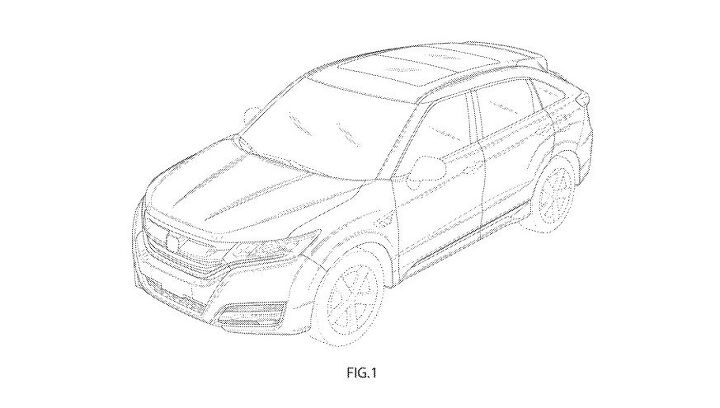





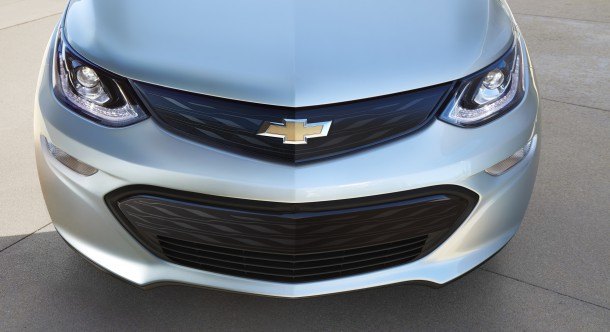


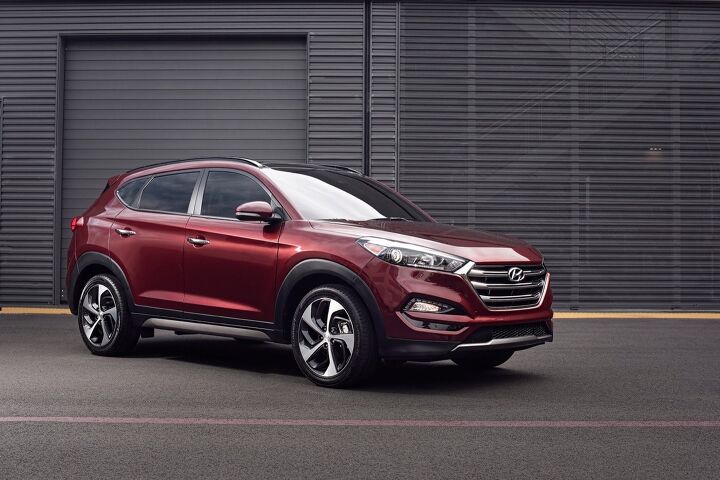

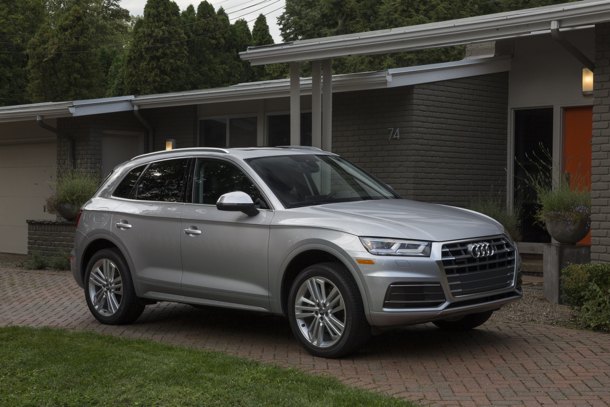


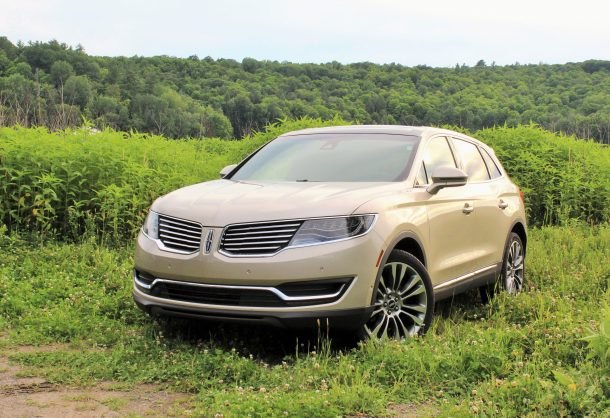












Recent Comments